Iceland students turn willow branches into range of materials
DesignMarch 2016: students from the Iceland Academy of the Arts have created a range of materials including paper, glue and string by adding nothing but heat and water to willow (+ slideshow).
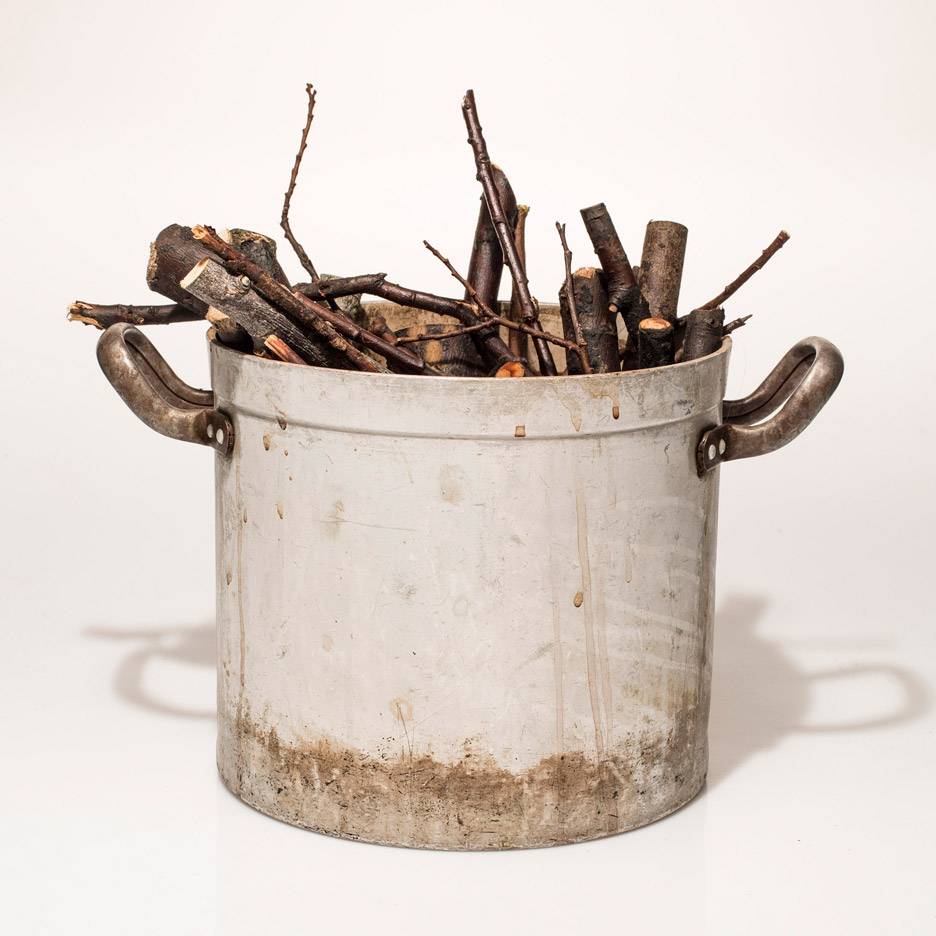
The Willow Project was created by seven final-year product design students from the Reykjavik-based university, who were asked by their tutors to investigate the potential of the willow tree.
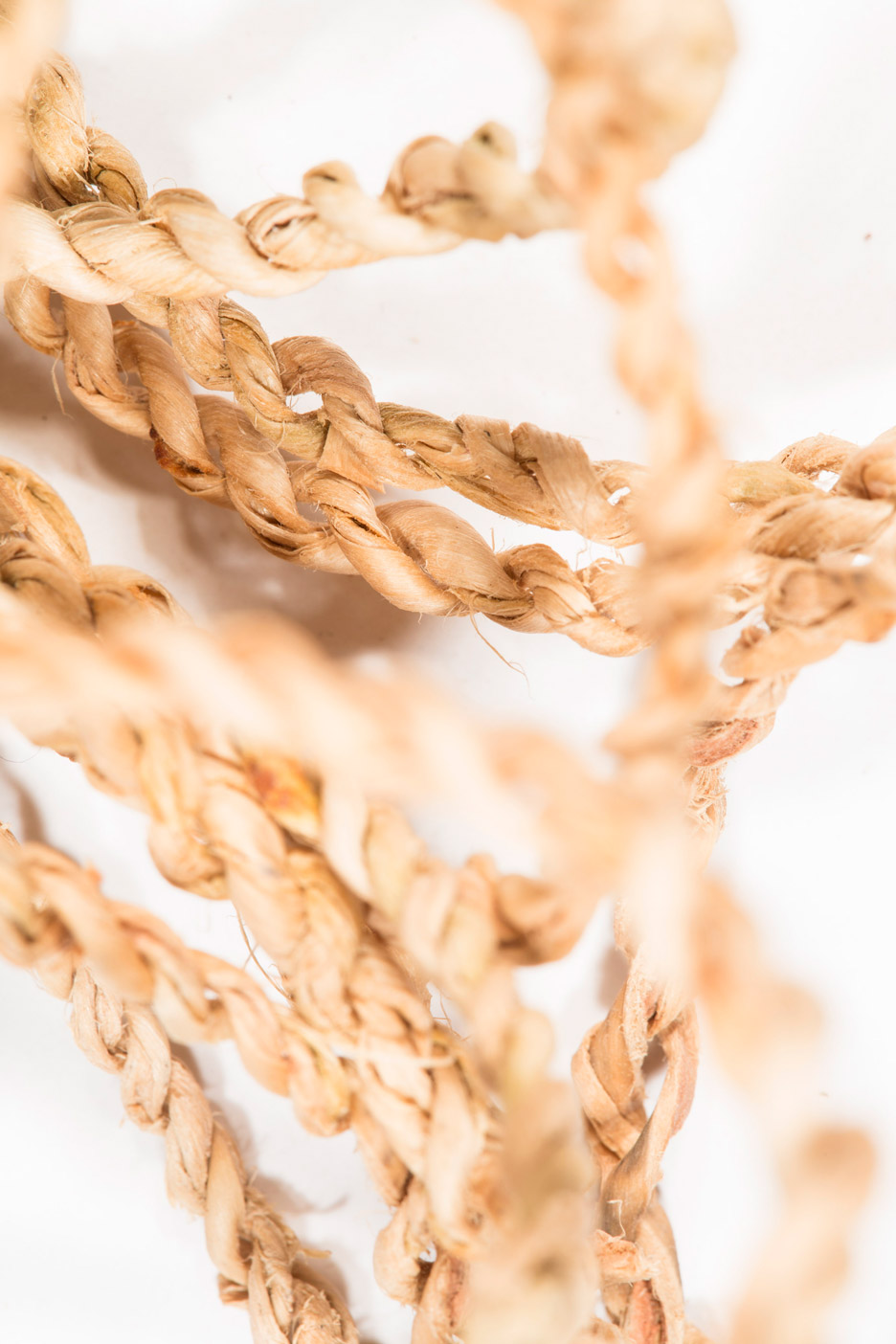
The willow tree is a common species in Iceland because it thrives well in the harsh climatic conditions, but there is no real culture around its use and it is often neglected as a resource.
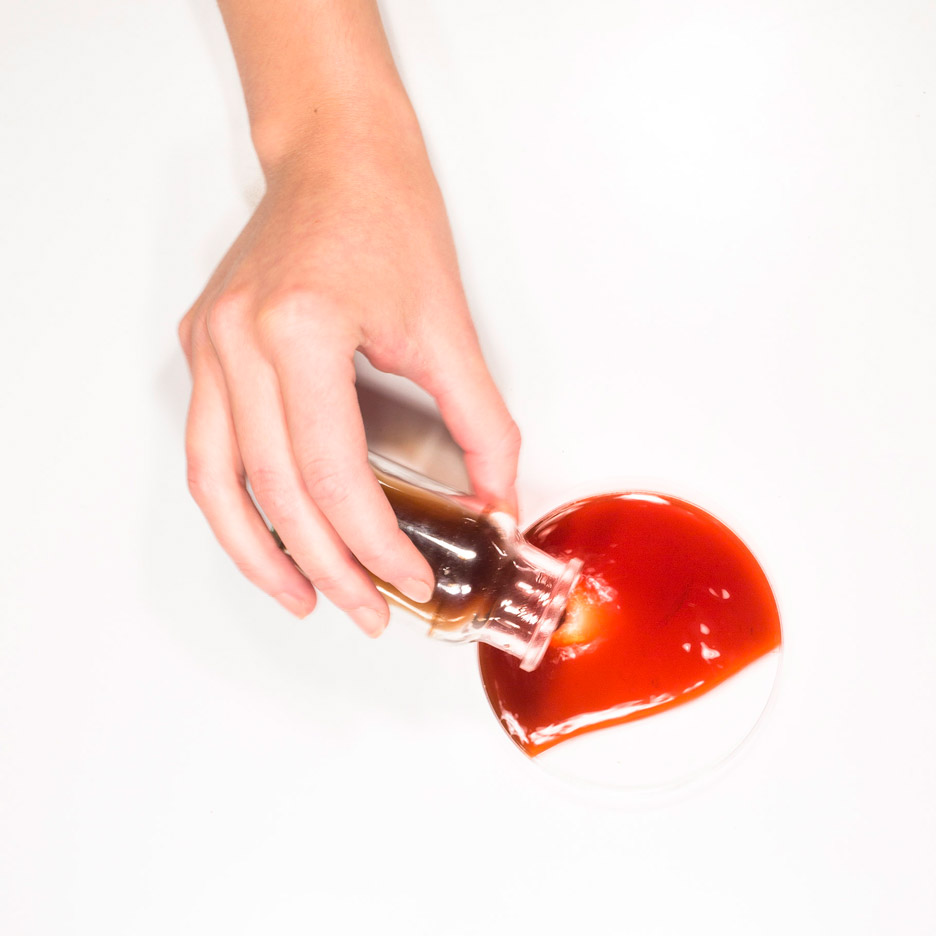
"The rugged willow, which colonised Iceland after the last Ice Age, has not been given a great deal of attention," course tutor Tinna Gunnarsdóttir told Dezeen. "In fact willow trees have not been considered in and of themselves a valuable commodity, instead used mainly to cultivate soil in preparation for the growing of other plants."
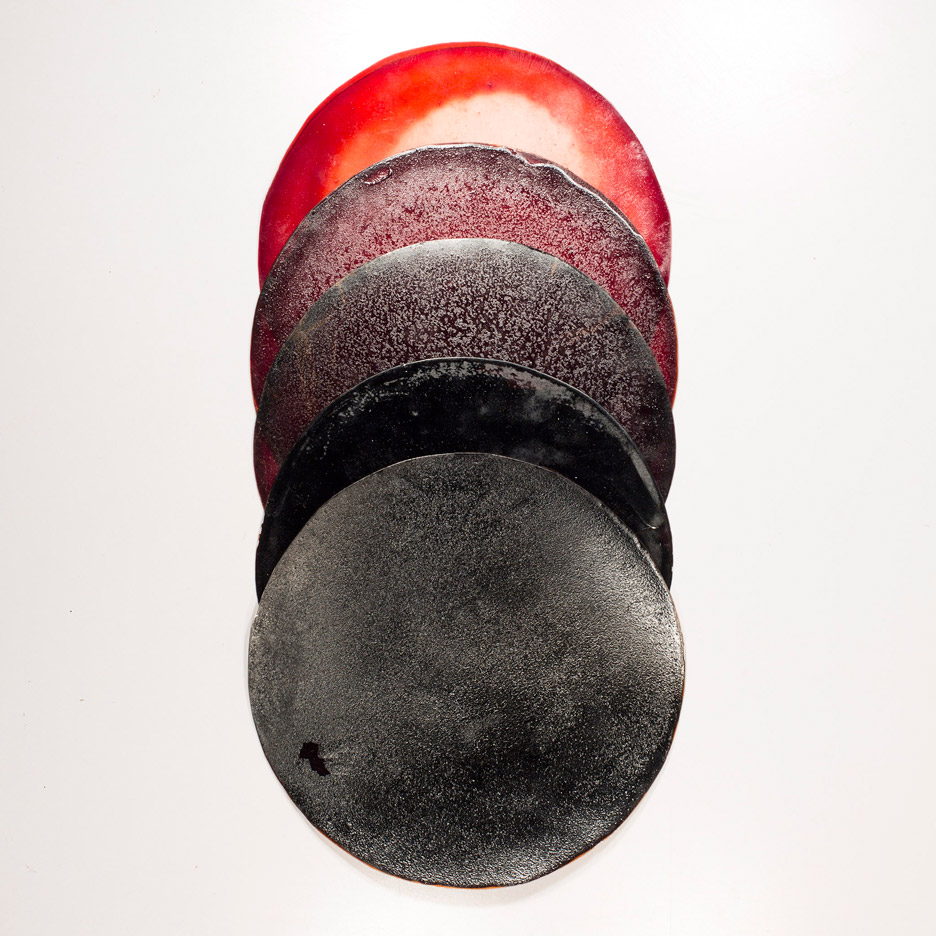
The students set themselves the goal to transform willow by adding nothing but water and heat, enabling the byproducts to return to the forest as nutrition.

The students experimented with various methods to transform the willow, but had most success with three main processes – burning, boiling and distilling.
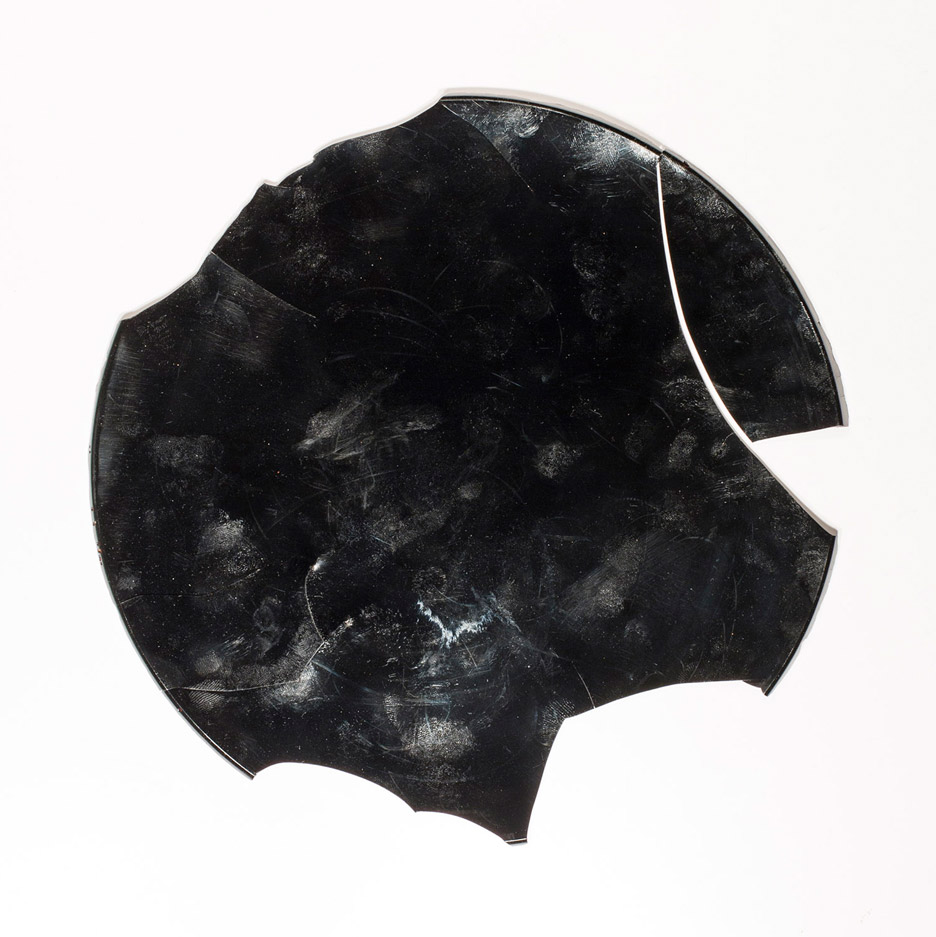
"Icelandic willow trees are not the ideal material for carpentry," the students told Dezeen. "That is why we decided to apply untraditional woodworking methods and ventured into a field of scientific research and material experiments."
"We started experimenting with methods we found by researching, for example string-making, along with learning by doing," they added. "We let our curiosity lead the way and one thing led to another. When someone thought a test had failed the next person saw something different out of the results."

The students found that the process of boiling loosened the bark of the willow, and softened the fibres of both the bark and the leaves, which meant they could be made into paper and string.
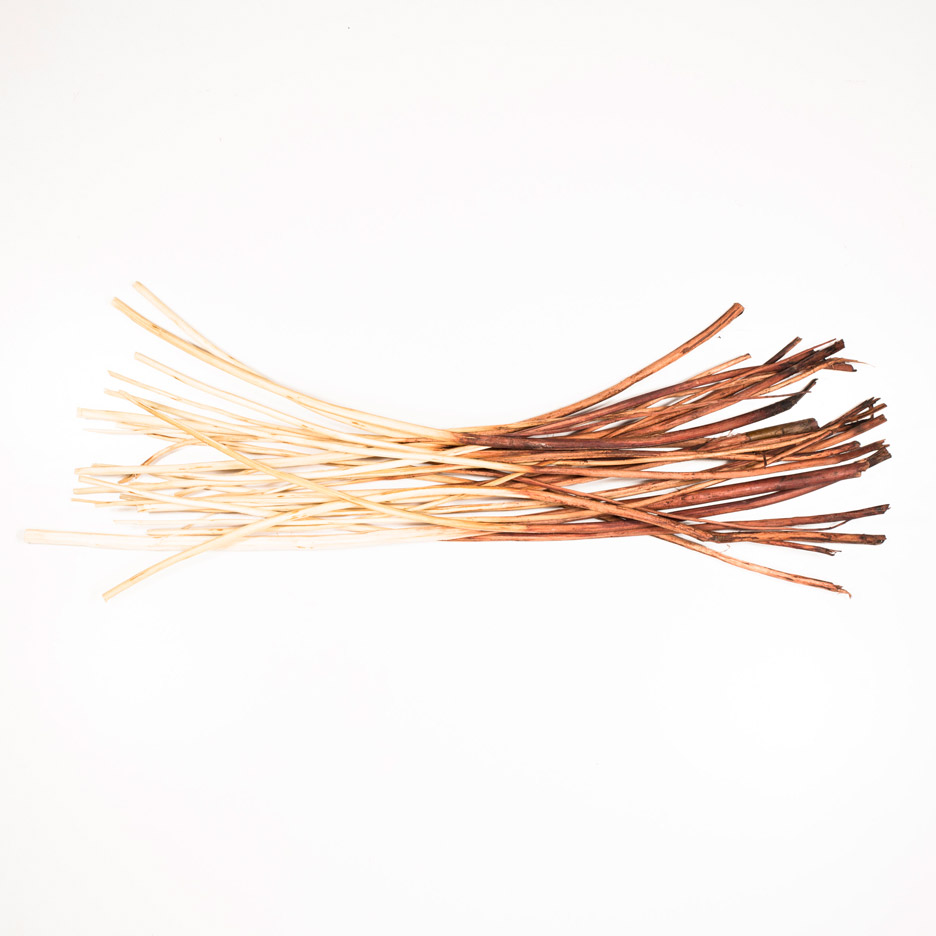
The group used the willow water left from the boiling process to create a pitch-black sticky paste that worked well as a glue. This also became the base for pigment and concentrate experiments.
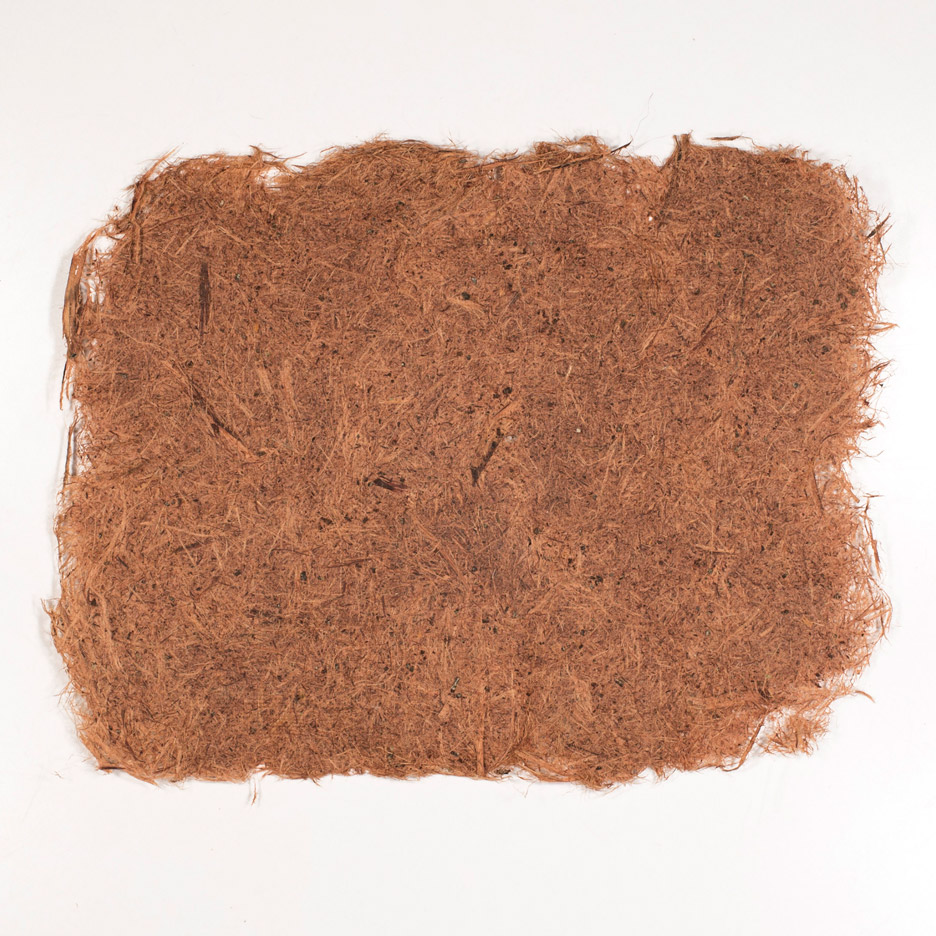
Slowly heating the willow in a sealed container also turned the wood into charcoal, which can be used as a pigment, to filter water or to absorb odours.
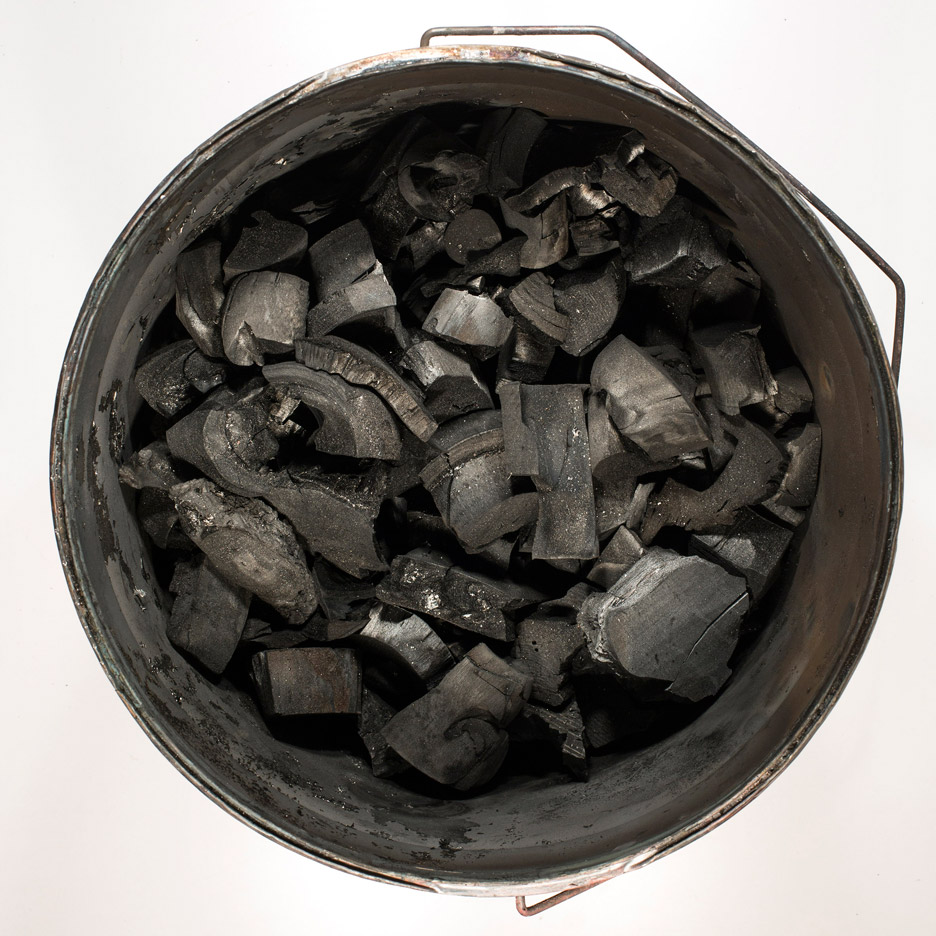
The students also used heat through "an ancient Japanese technique called Shou-sugi-ban, where the surface of the wood is charred with flames, then cooled down and cleaned, which makes the wood resistant to insects, fire, and rot".
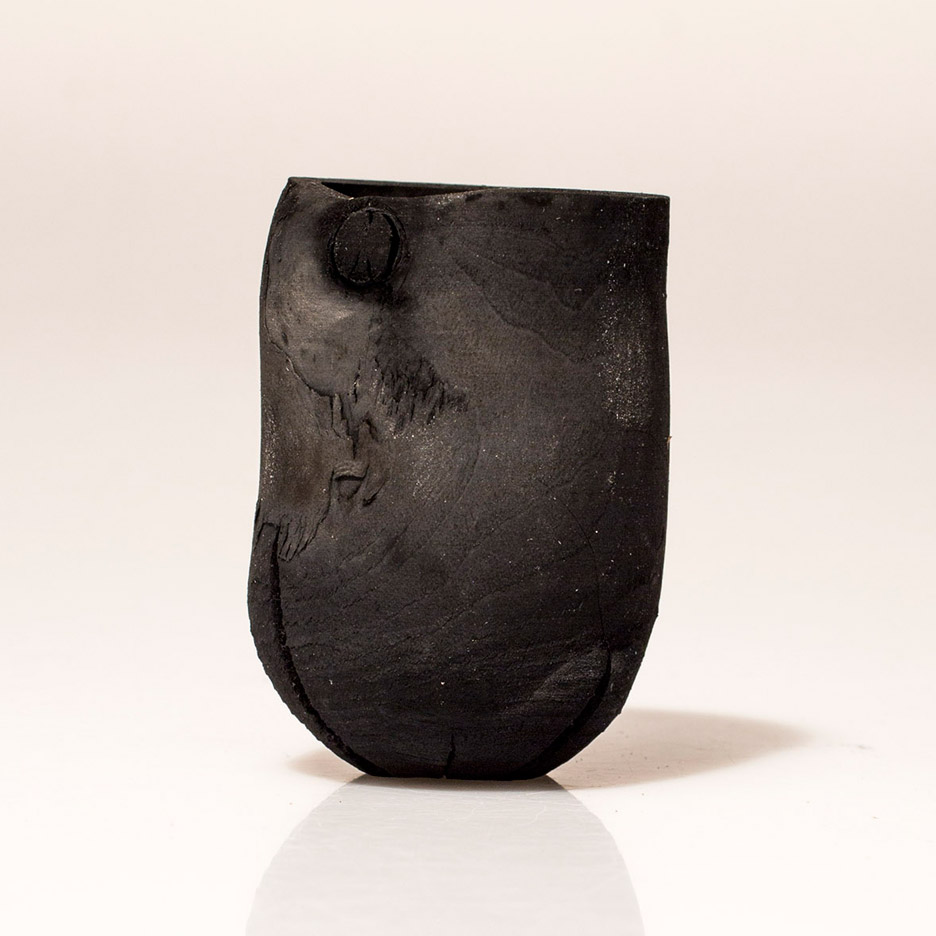
The ash produced also proved to be a useful source of salt, calcium carbonate, lye, and also as a binder for paper making.
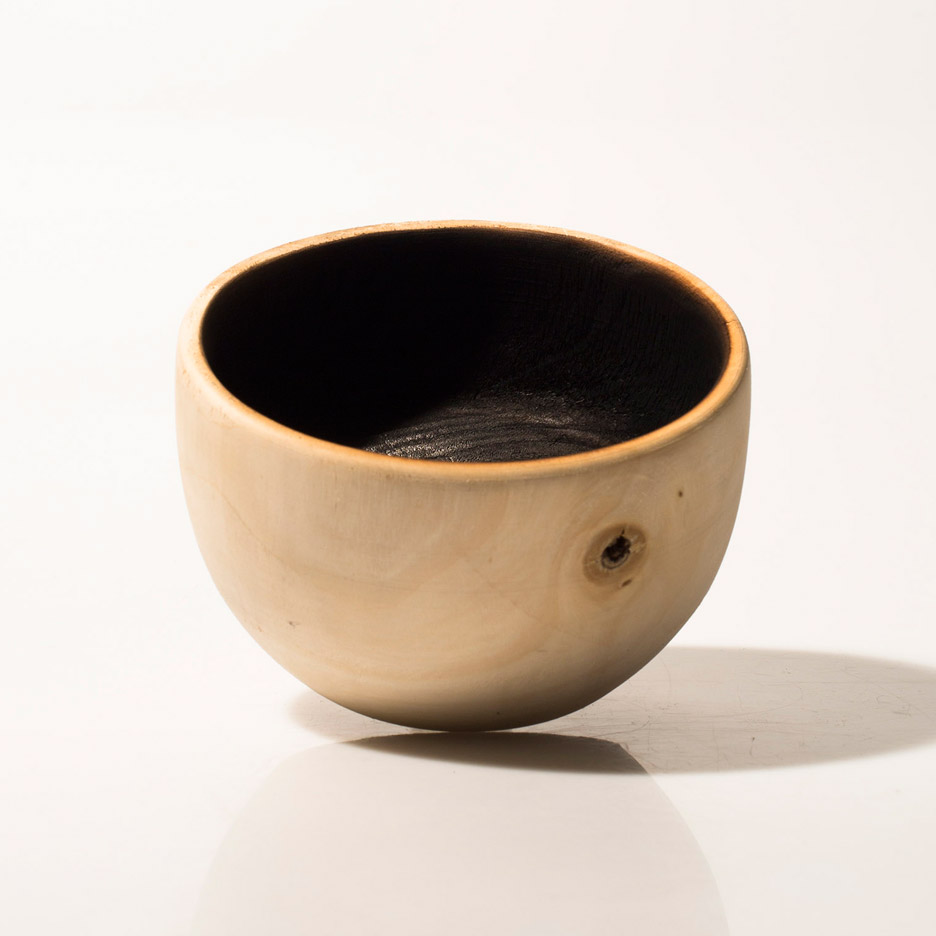
Distilling provided the students with a way to extract odours from both the willow leaves and bark, as well as from the ash and charcoal.
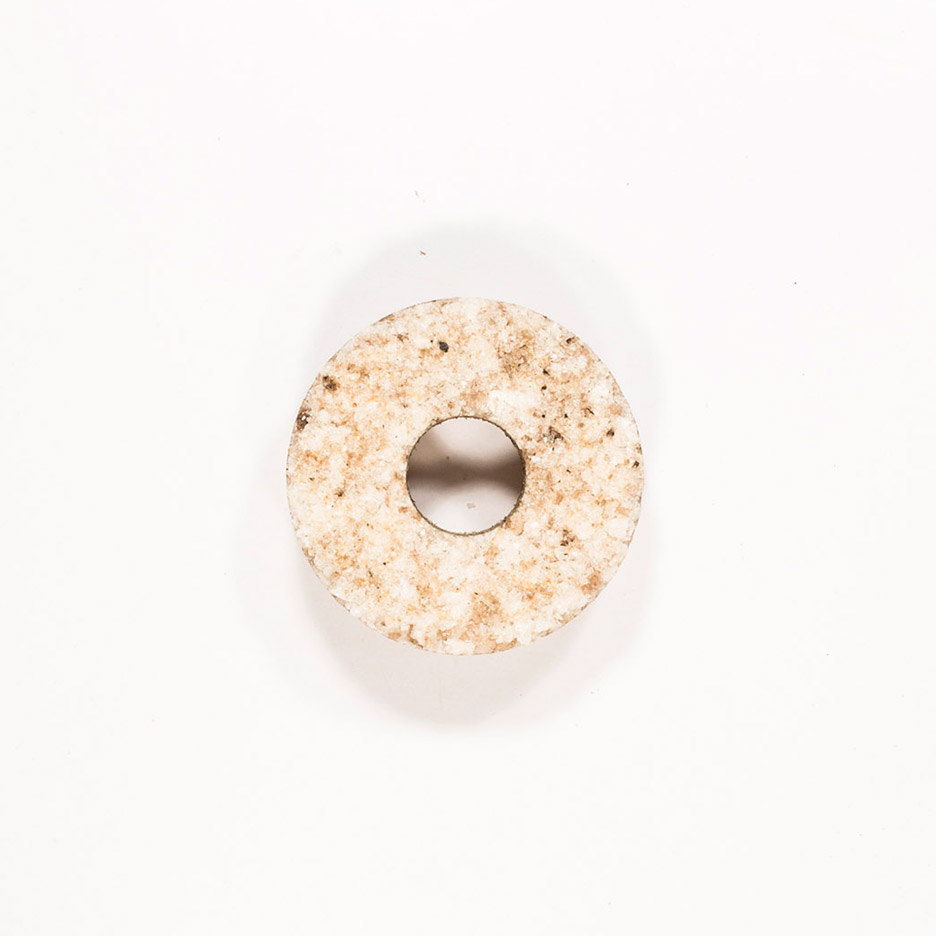
"The liquid that was produced during this intricate process led in some cases to unexpected odours," said the students. "For example, the water produced by odourless charcoals released a smoky scent, evoking memories of an extinguished fire."
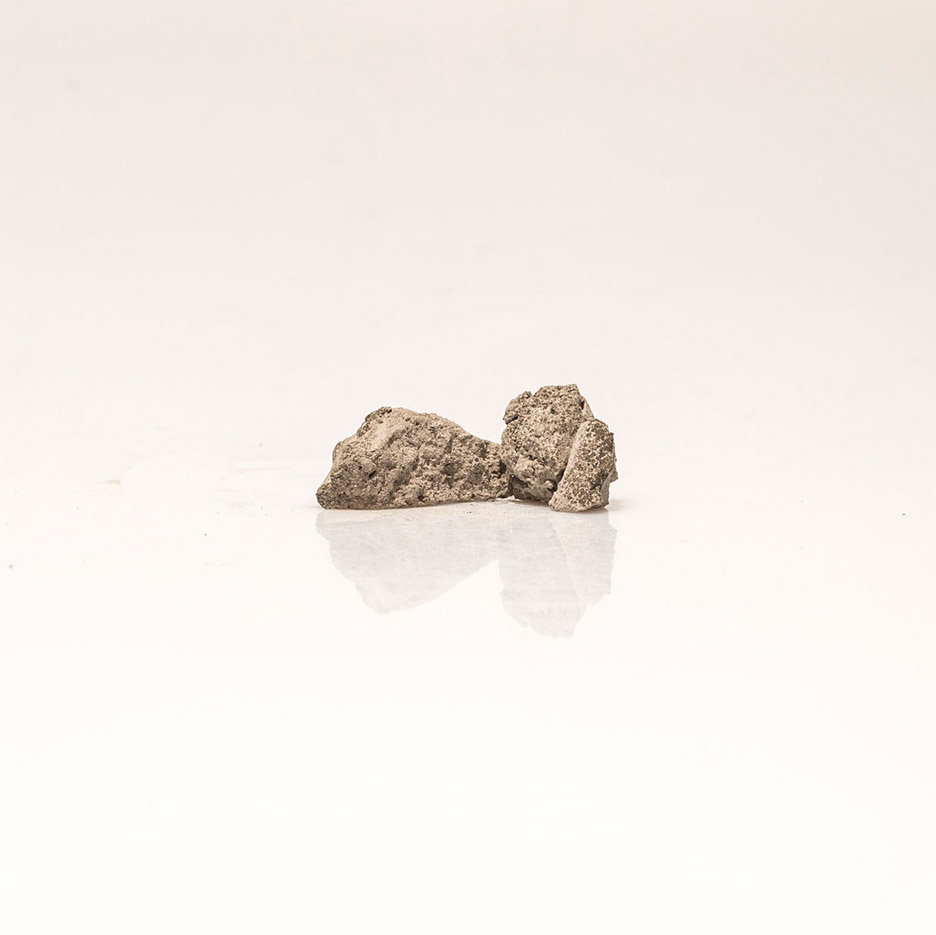
The students plan to take the project further this summer and begin creating products using this research.
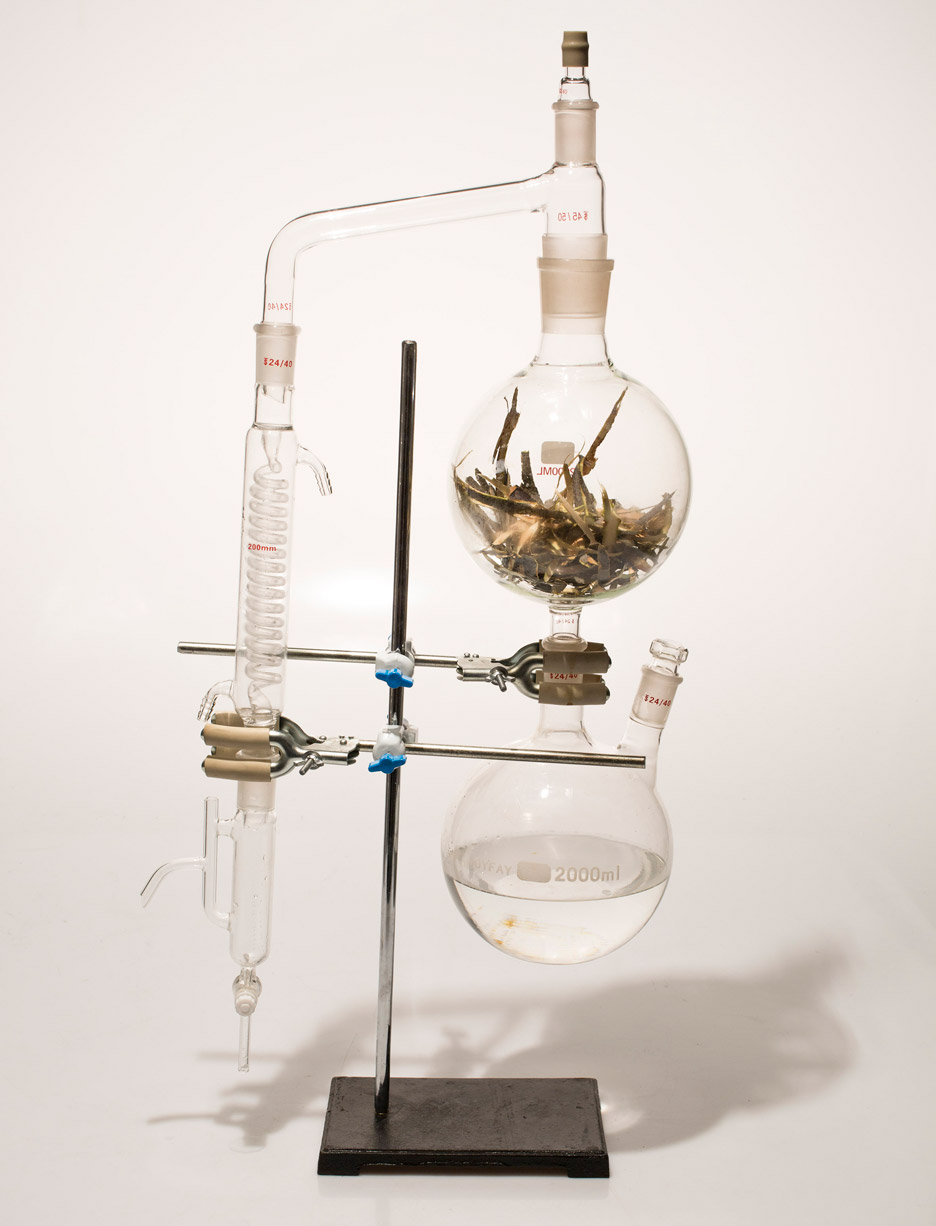
"This one source of willow tree offers various material properties and qualities, that can now be combined within a single object, showing how contrary one source can be processed," said the students. "We could also imagine to take first translations of the material qualities into objects further, such as a fan and a straw out of charcoal representing it's water and air-filtering ability."
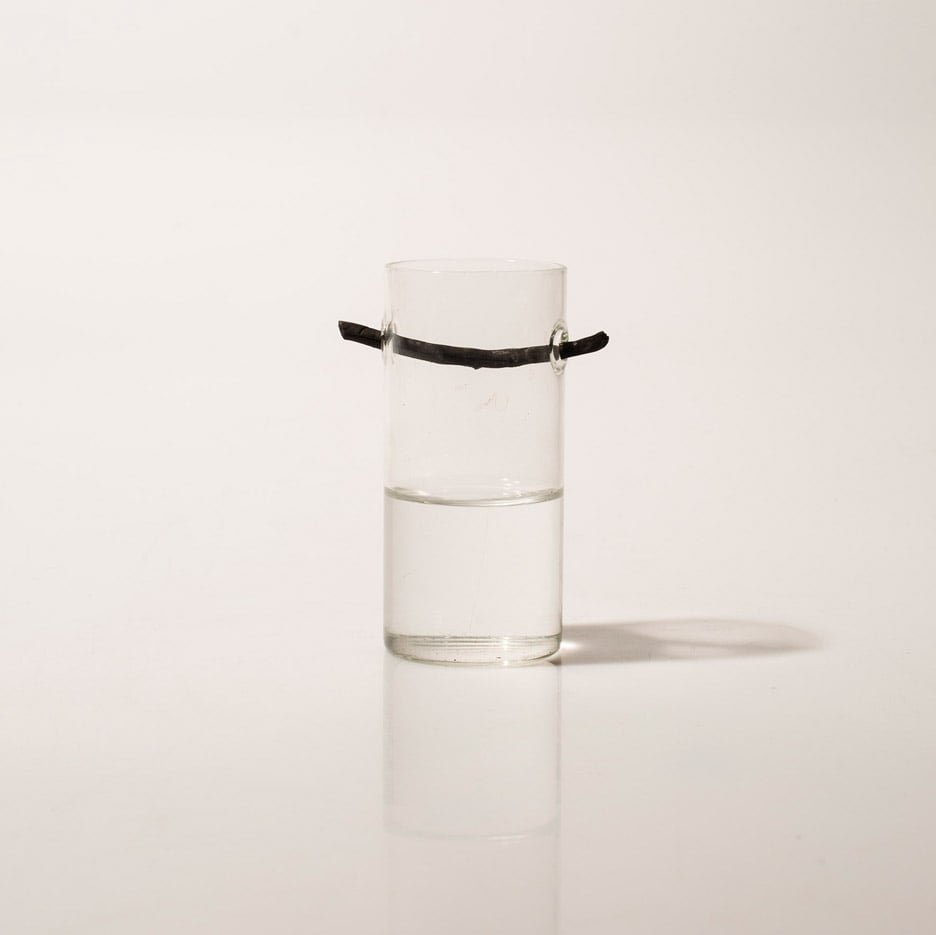
An exhibition of the Willow Project was on show as part of Reykjavik festival DesignMarch, which took place from 10 to 13 March 2016.
Photography is by Johanna Seelemann and Kristín Sigurðardóttir.
Project credits:
Students: Birta Rós Brynjólfsdóttir, Björn Steinar Jóhannesson, Emilía Sigurðardóttir, Johanna Seelemann, Kristín Sigurðardóttir, Theodóra Mjöll Skúladóttir Jack and Védis Pálsdóttir
Tutors: Tinna Gunnarsdóttir, Friðrik Steinn Friðriksson and Óskar Kristinn Vignisson
Head of studies: Garðar Eyjólfsson